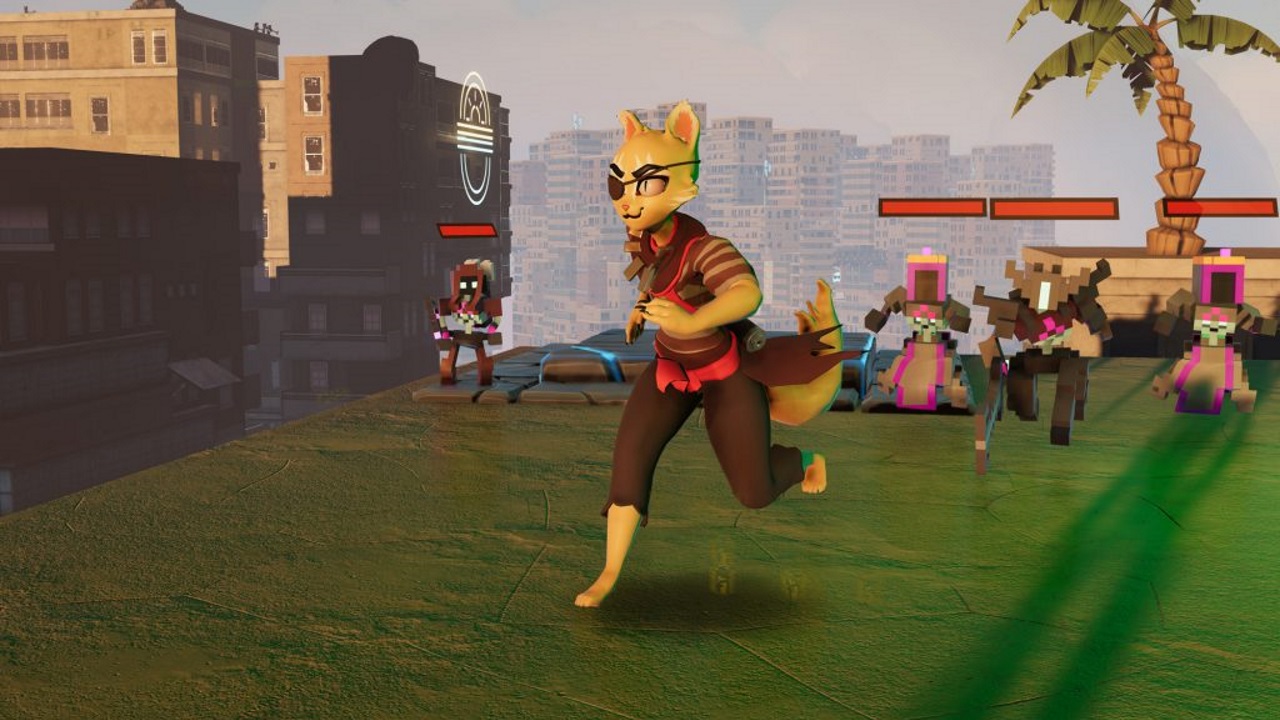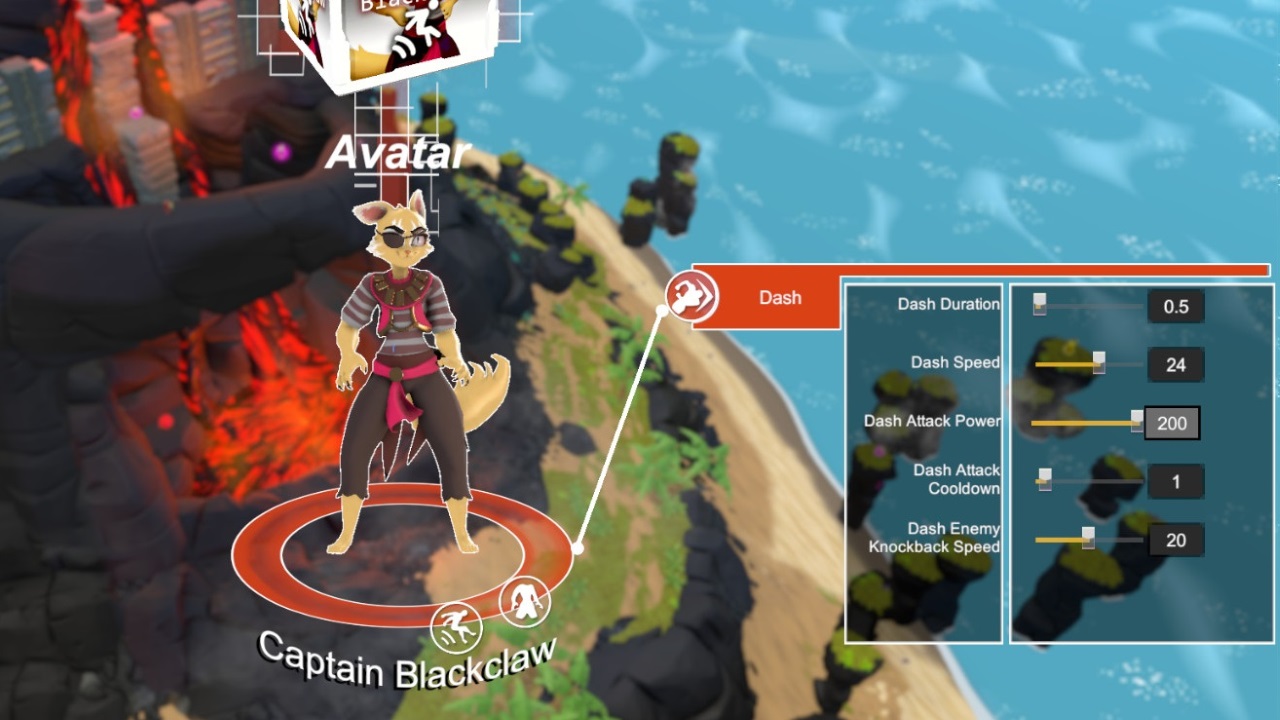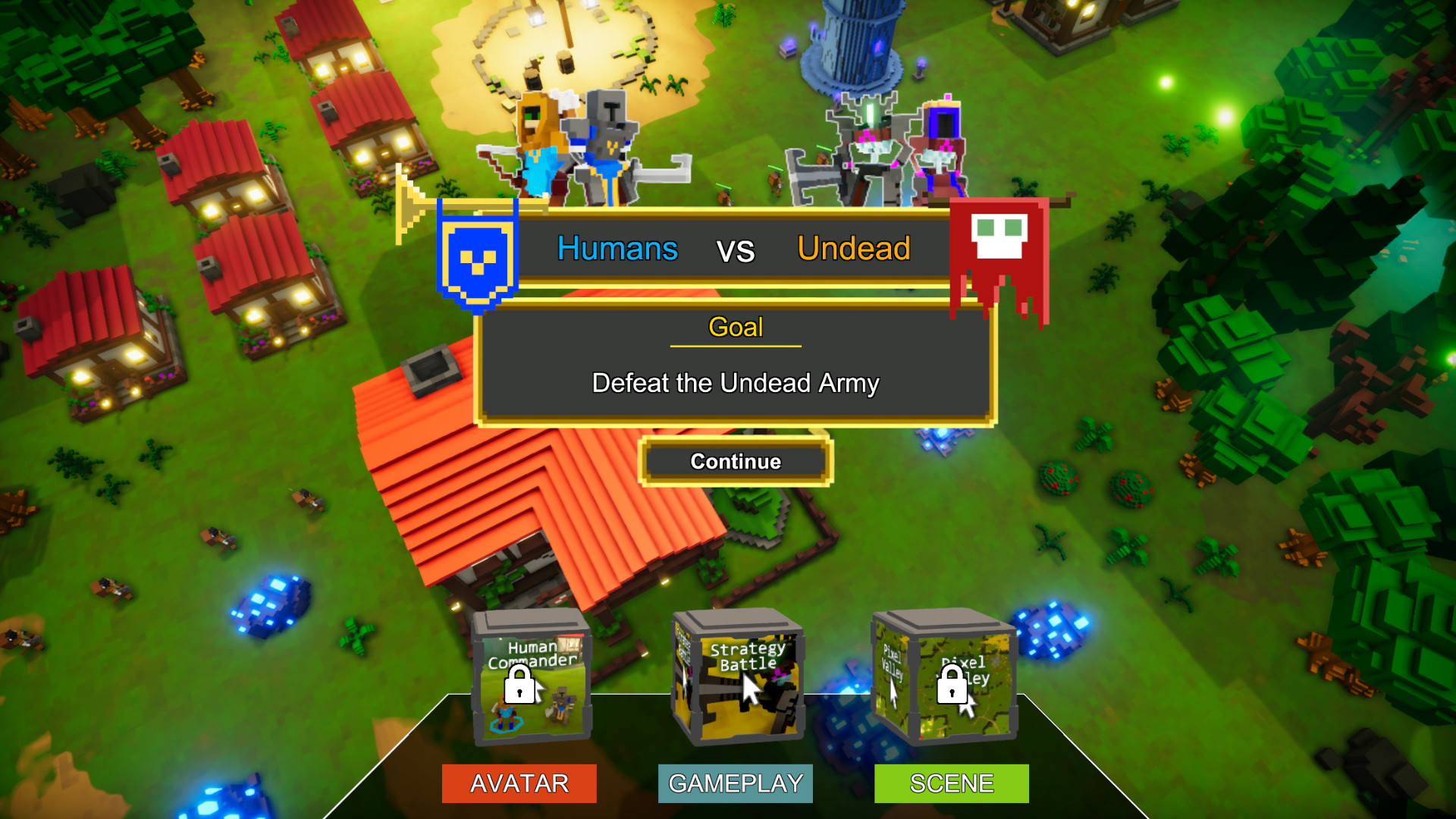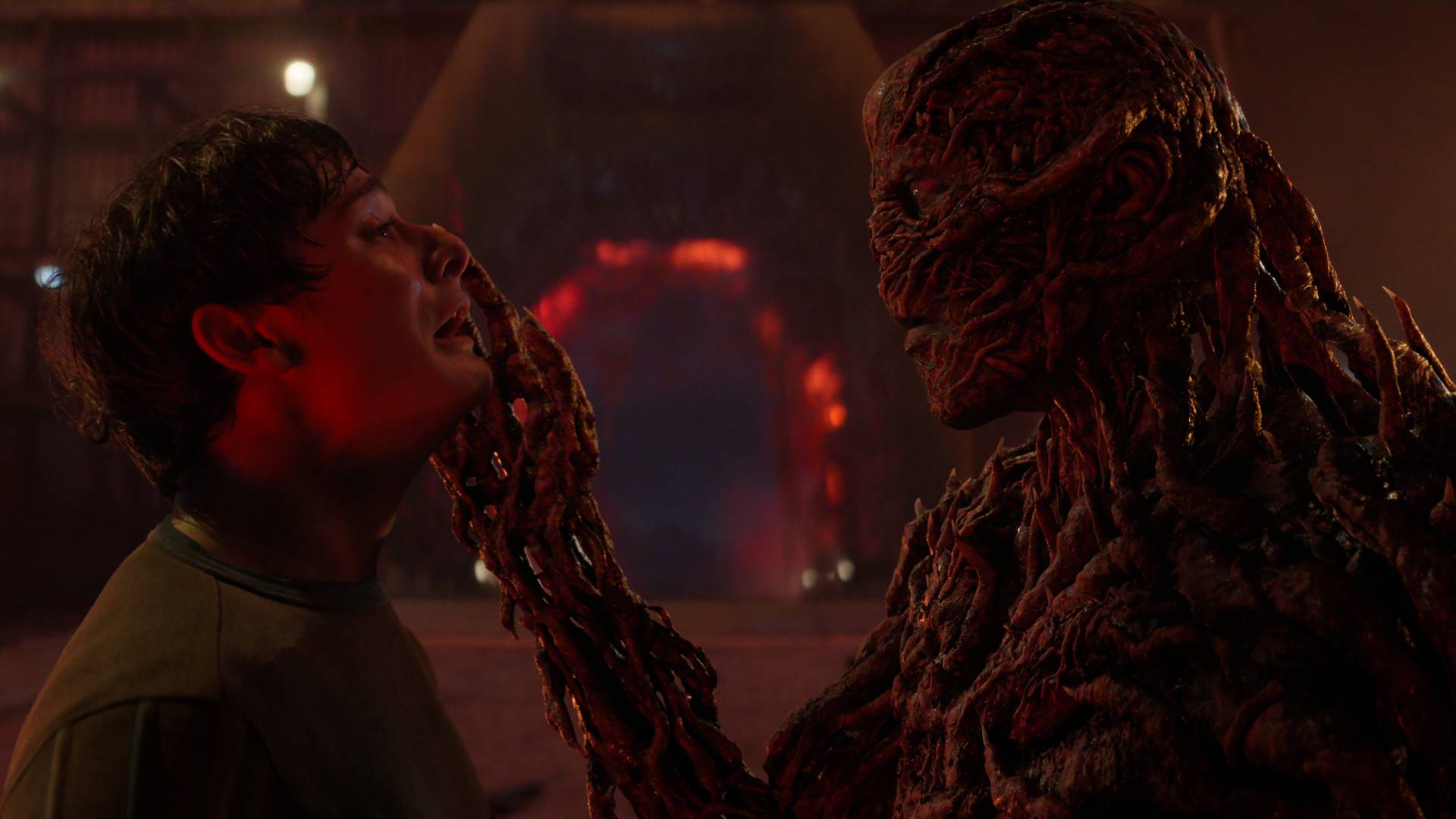
When I was young, I pictured game developers building a world, changing a number or two in the code, and then hopping immediately back into the game to play around with their changes. Swapping out an overalls-wearing plumber for a blue hedgehog was, in my mind, just that easy.
Of course, we know better now. The biggest games are made by teams of hundreds, each working on their own little piece of the puzzle. They have budgets numbering in the millions of dollars, and multiple departments dedicated to overseeing every possible aspect. There is, much to the dismay of our nine-year-old selves, no such position in a game studio as "Idea Person". We will not grow up to be these two guys:
But what if we could? What if you could be the person who dreams up video game stories and scenarios and characters and worlds, regardless of your technical expertise (or lack thereof)? What if changing the rules of a game was as simple as flipping a 1 to a 0? Such is the daunting proposition of The Endless Mission, coming to PC this summer.
Creating play
The Endless Mission's main draw is the ability for players to create their own content. You know the type: Super Mario Maker, LittleBigPlanet, and Project Spark, to name a few. What sets Endless Mission apart is that it turns making games into a game.
Playing Super Mario Maker, for example, you're dragging and dropping pre-built assets into the world. And to be clear, in The Endless Mission, you can do that too. In fact, the demo I played at PAX East 2018 started me in a basic 3D platformer environment in control of Captain Blackclaw, a pirate who is also a cat.
By bringing up the pause menu, I could tweak the behavior and characteristics of not only Blackclaw, but her enemies and the environment as well. Set Blackclaw's model scale higher or lower, and she would grow or shrink in size, respectively. Set her run speed higher and she would tear across the fields. Set her jump height higher and she could leap as though unbound by gravity.

But this is only The Endless Mission's first step in acquainting you with its tools. Once I completed the level, I earned the ability to use Blackclaw, her enemies, and her jungle island environment as I saw fit. Suddenly I was able to remix and mash together assets to create something new. So I dropped Blackclaw and her foes into a map built for an entirely different genre: real-time strategy games.
Weekly digests, tales from the communities you love, and more
This is The Endless Mission's neverending hook: go pick a genre, learn its rules by playing and fiddling with it, then bring what you've learned (and earned) back to the main hub, where you can apply it to other genres, maps, and so on.
Learning by doing
"Our goal was to try and shorten the pattern between play and making as much as possible, so it never feels like I’m leaving a play context to go into the creation toolsets," creative director Brenden Sewell told me. A major part of that comes from playing to those naive ideas I mentioned earlier - the way we thought games were made as kids.
"As somebody who’s not a game creator, what are the assumptions that you make about the way that you think games work?" Sewell asked. "We start with those assumptions, and then we break it down gradually, introducing each piece of game development over time. So the way that kids imagine games as 'I can just take components from different game genres and put them together,' we allow for that play experience."
I reflected on my own learning curve: I had started by playing a standard 3D platformer, confident it would behave like I assumed it would. Then I learned to turn away from those assumptions and tweak variables. Then I learned to mash assets together. Ideally, the next step would be learning to code - which The Endless Mission supports.

"If I’m comfortable in coding, I can write in raw C# and program in the game anything I could do in a game engine like Unity 3D - within the context of this game experience," Sewell said. "I can graduate from a project like this, take assets, maybe even bring them into Unity itself and then continue chambering out the process there."
In other words, let's say you've always wanted to be the Idea Person for your dream game. You've got your protagonist, a world, and you know you want it to be a 3D platformer, but you don't know how to make any of that a reality. You play The Endless Mission's adventure starring Captain Blackclaw - okay, now you've got a base to work from.
You know you want your hero to jump a little higher, run a little faster, so you fiddle with the basic editing tools - now you're learning how to change your foundation. You create a mashup with one of The Endless Mission's other genres and assets - now you're seeing just how far you can bend the rules. And finally, you start digging into code, getting your hands dirty, and before you know it you've got a prototype you can export to Unity and build into a full-fledged game. Congratulations, Idea Person - now you're a developer.

The Endless Mission has the potential to turn those dreams into reality, to empower the everyday person to create. I hope it succeeds.

Sam is a former News Editor here at GamesRadar. His expert words have appeared on many of the web's well-known gaming sites, including Joystiq, Penny Arcade, Destructoid, and G4 Media, among others. Sam has a serious soft spot for MOBAs, MMOs, and emo music. Forever a farm boy, forever a '90s kid.


